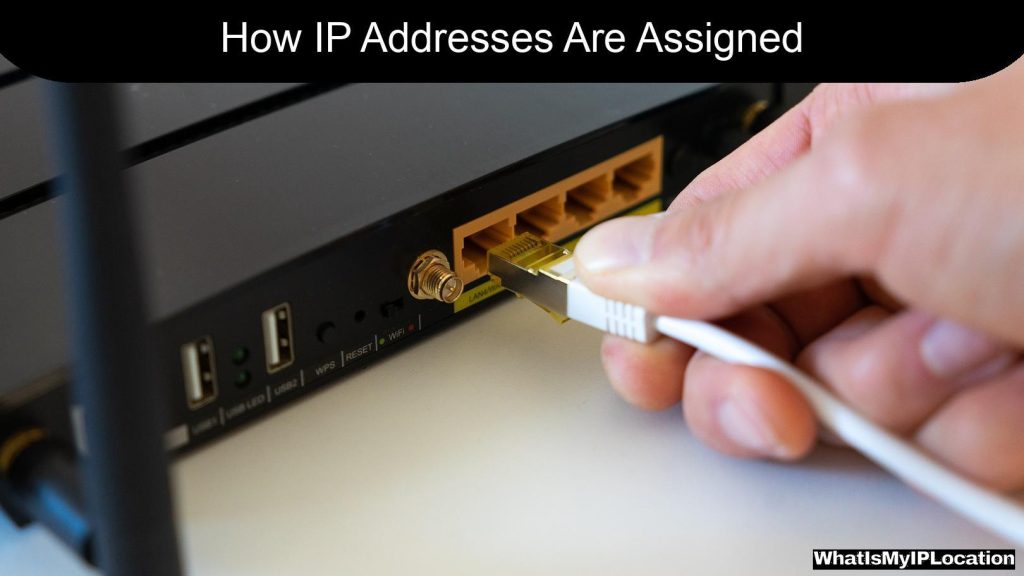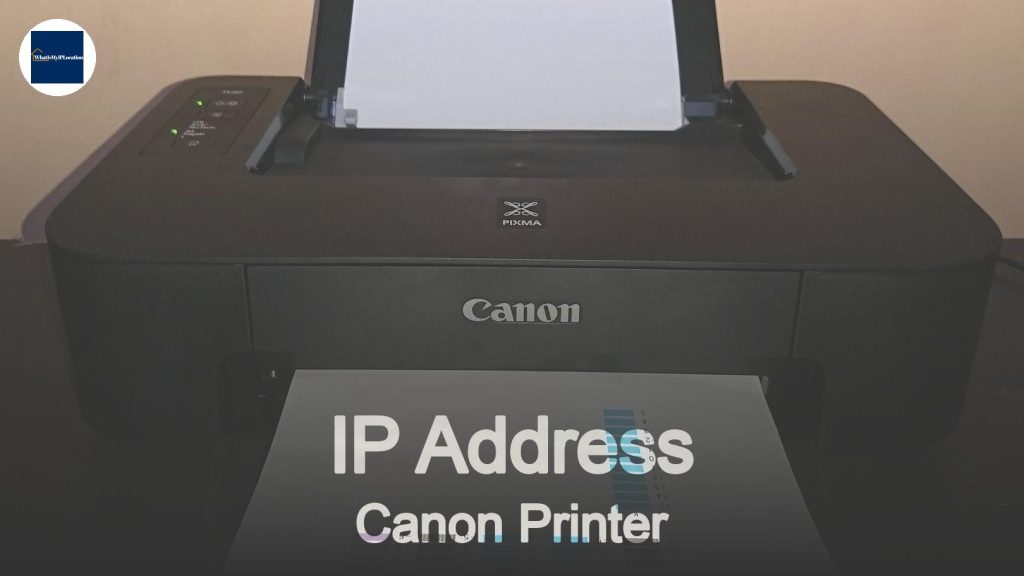An Integrated Services Digital Network (ISDN) is a digital communication standard that enables simultaneous voice and data transmission over traditional telephone lines. It provides faster and more reliable connections compared to analog systems, supporting various services such as video conferencing and internet access.
If you’ve ever wondered how we connect our phones, computers, and other devices to the internet and each other, you might have come across the term Integrated Services Digital Network, or ISDN for short. It sounds a bit technical, but don’t worry! We’re going to break it down into bite-sized pieces so you can understand what ISDN is all about, why it matters, and how it works.
What is ISDN?
At its core, ISDN is a way to transmit voice and data over traditional phone lines. Think of it as a digital highway for your information. Instead of sending signals as analog waves (like the old-school landlines), ISDN sends them in a digital format. This means clearer calls, faster data transfer, and the ability to send multiple types of information at once.
A Brief History of ISDN
ISDN was developed back in the 1980s when the world was starting to embrace digital technology. It was a game-changer for telecommunications, allowing for better quality calls and faster internet connections. While it’s not as common today with the rise of broadband and fiber optics, ISDN still plays a role in certain industries, especially where reliable communication is crucial.
How Does ISDN Work?
ISDN works by using a set of standards that define how to transmit data over the phone network. It breaks down into two main types: BRI (Basic Rate Interface) and PRI (Primary Rate Interface).
Basic Rate Interface (BRI)
BRI is like the starter pack of ISDN. It’s designed for smaller businesses or home offices. Here’s how it breaks down:
- Two B Channels: These are the channels that carry your voice and data. Each B channel can handle a single call or data connection.
- One D Channel: This channel is used for signaling and control. It helps set up and manage the calls.
In simple terms, BRI gives you two lines to make calls or send data, plus a helper line to manage everything.
Primary Rate Interface (PRI)
PRI is the big brother of BRI. It’s meant for larger organizations that need more capacity. Here’s what you get with PRI:
- 23 B Channels: That’s a lot of calls and data connections! Each B channel can handle a separate call.
- One D Channel: Just like BRI, this channel manages the connections.
PRI is perfect for businesses that need to handle a high volume of calls, like call centers or large corporations.
Why Use ISDN?
You might be wondering, “Why should I care about ISDN?” Here are a few reasons:
1. Better Call Quality
ISDN provides clearer voice quality compared to traditional analog lines. If you’ve ever experienced static or dropped calls, you’ll appreciate the difference.
2. Simultaneous Voice and Data
With ISDN, you can make a phone call while sending a fax or accessing the internet. It’s like multitasking for your communication!
3. Reliability
ISDN is known for its stability. In industries where communication is critical, like healthcare or emergency services, having a reliable connection can make all the difference.
4. Scalability
As your business grows, ISDN can grow with you. You can easily add more lines or upgrade from BRI to PRI without a complete overhaul of your system.
ISDN vs. Other Technologies
Now that we’ve covered what ISDN is and why it’s useful, let’s see how it stacks up against other technologies.
ISDN vs. Analog Phone Lines
Analog lines are the old-school way of making calls. They’re simple and cheap, but they can’t handle data like ISDN can. If you want to send a fax or connect to the internet, you’ll need a separate line.
ISDN vs. VoIP
Voice over Internet Protocol (VoIP) is the new kid on the block. It uses the internet to make calls, which can be cheaper and more flexible than ISDN. However, VoIP relies on a stable internet connection, while ISDN can work over traditional phone lines, making it more reliable in some situations.
ISDN vs. Fiber Optics
Fiber optics is the fastest and most advanced technology available today. It can handle massive amounts of data at lightning speeds. However, it can be more expensive to install and maintain. ISDN is still a solid choice for businesses that need reliable communication without breaking the bank.
Common Uses of ISDN
ISDN isn’t just for big corporations. Here are some common uses you might not have thought about:
1. Broadcasting
Many radio and TV stations use ISDN to transmit audio and video. It allows them to send high-quality signals over long distances without losing clarity.
2. Video Conferencing
ISDN can support video conferencing systems, making it easier for teams to connect face-to-face, even if they’re miles apart.

